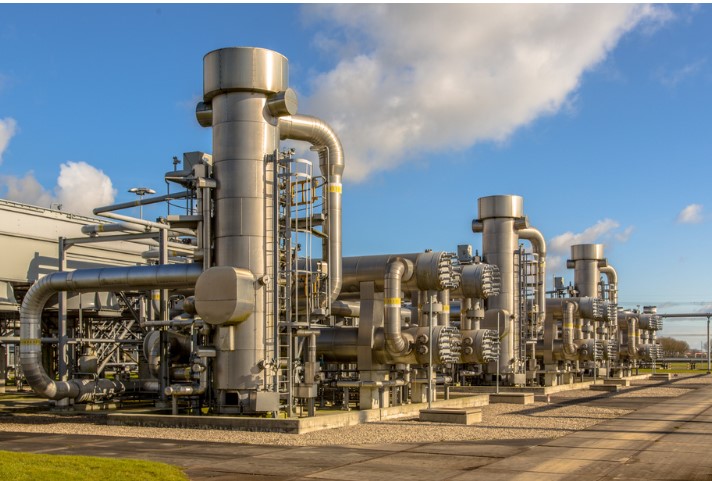Polymer-based membranes developed with high H2/CO2 selectivity using facile surface nanoengineering for higher energy efficiency and lower cost production.
Isolation of CO
2 from mixtures containing H
2 is a critical gas separation, producing 94 million metric tons of H
2 worldwide and valued at $170 billion in 2021. This market will continue to grow with added regulations on CO
2 production from increased international pressure for cleaner energy and reduced emissions, as exemplified in the Integrated Gasification Combined Cycle processes and the Net Zero by 2050 Initiative. These processes all produce more H
2 and require increased CO
2 capture, so improvements in H
2/CO
2 separation efficiency lead directly to significant savings in H
2 generation and power production. Here, increased gas separation efficiency is provided through atomic layer deposition (ALD) technology to create customized polymer membranes, achieving advanced separations at low cost and higher energy efficiency.
This University at Buffalo invention provides an innovative approach to gas separation membranes using ALD-enabled facile surface nanoengineering to design polymer-based membranes for H
2/CO
2 separation. The thermally stable membrane shows high H
2 permeability and high H
2/CO
2 selectivity, leading to a low cost and energy efficient separation of hydrogen purification and CO
2 capture from fossil fuel-derived power plants. Additionally, these membranes can operate at the syngas processing temperature (150°C). Unlike the conventional absorption or adsorption technology operating near ambient temperatures, the membrane technology developed here shows high energy efficiency and low operating cost.
 Source: creativenature.nl, https://stock.adobe.com/uk/144767717, stock.adobe.com
Source: creativenature.nl, https://stock.adobe.com/uk/144767717, stock.adobe.com
- Conventional competitive methods operate at 10°C or below, while these membranes operate up to 200°C and maintain thermal stability
- High H2 permeability
- High CO2/H2 selectivity
- High energy efficiency
- Low operating cost
- Hydrogen separation and carbon capture from hydrogen purification plants
- Carbon dioxide capture from fossil fuel-derived power plants
- Syngas purification for methanol plants
- Hydrogen recovery from refinery off-gas and natural gas liquid production
- Hydrogen recovery from mixtures with nitrogen in ammonia plants
- Separation of hydrogen from mixtures with helium
US Provisional Patent Application 63/601,542 filed on November 21, 2023.
Laboratory demonstration through
in vitro studies and analytical chemical analysis.
Available for licensing or collaboration.